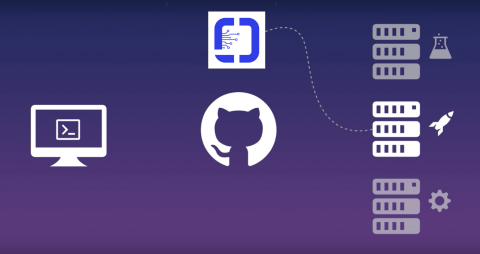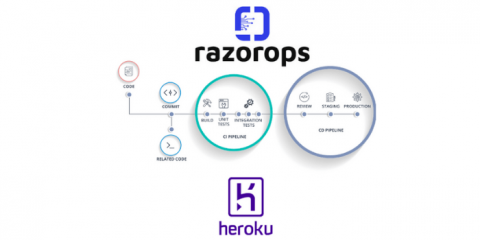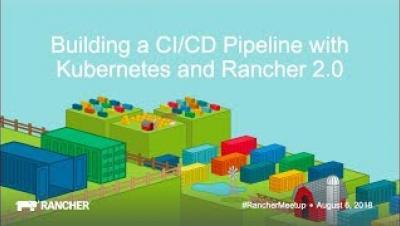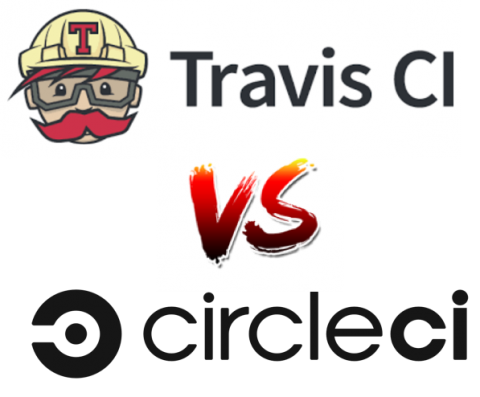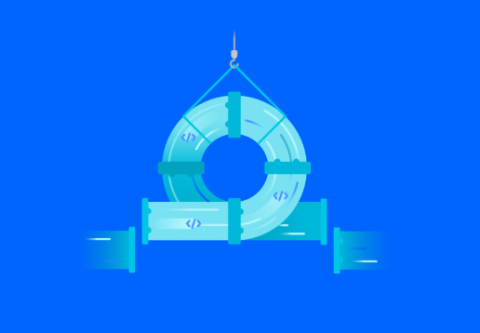Operations | Monitoring | ITSM | DevOps | Cloud
CI CD
The latest News and Information on Continuous Integration and Development, and related technologies.
Docker scanning for Jenkins CI/CD security with the Sysdig Secure plugin.
In this blog post we’ll cover how to implement Docker Scanning for Jenkins with the Sysdig Secure Jenkins plugin. The plugin can be used in both freestyle and pipeline jobs to scan images and fail the build if the image fails a policy evaluation.
Principles for Continuous Integration
Get a decent source code management system like Github, Gitlab or Bitbucket etc. Every one uses the same code and keeps upto date with base line. this reduces the merge conflict issues. Don’t put every thing in SCM but everything you need to do a build should be in there including: test scripts, properties files, database schema, install scripts, and third party libraries
The Circle Is Now Complete
It's time for a newsletter from your friendly neighbourhood Package Management as a Service provider - Summer 2018 Edition. Can you believe it's summer-time already? It's hard for us to tell from the cave that we're coding in day and night, but the office thermostat indicates that it is probably sunny way up there, above the ground.
Razorops CI/CD with heroku apps
This post will explain how to deploy rails app on Heroku using Razorops CI/CD Deploying to Heroku was super easy as it happens with just a git push, with Razorops you can add CI/CD support to your Heroku app.
August 2018 Online Meetup: Building a CI/CD Pipeline with Kubernetes and Rancher 2 0
Minimize Risk with Continuous Integration (CI) and Deployment (CD)
Ahoy there. Continuous shipping: a concept many companies talk about but never get around to implementing. In the first post of this three-part series, we discussed the use case for continuous shipping. Let’s move on to part two: the integration and deployment stages of the continuous shipping process. Part three will wrap up the series with a look at the monitoring and feedback phases. All aboard that’s coming aboard.
Travis CI vs CircleCI
The way we think about development started with Waterfall – sequential, solid, conservative – moved to Agile, whose origins can be traced back to a somewhat romantic story at a ski resort in Utah, and is now heavily influenced by DevOps.
Modernizing Development with Continuous Shipping
Ahoy there. Continuous shipping: a concept many companies talk about but never get around to implementing. Ever wonder why that is? In the first post of this three-part series, we’ll go over(board) the concept of continuous shipping and why it’s valuable. Parts two and three will deep-dive into the process implementation. Buckle that life jacket; it’s time to set sail.
Striking a balance between speed and quality in continuous delivery
Over the past few years, we have accelerated into a fast-paced ‘everything now’ era. Endless tech-powered innovations are giving customers more choices than ever before. When developing new products and features, continuous delivery and rapid software release cycles are now the norms. Enterprises have to adapt, improve, and deliver solutions faster to stay competitive and meet changing customer needs.




